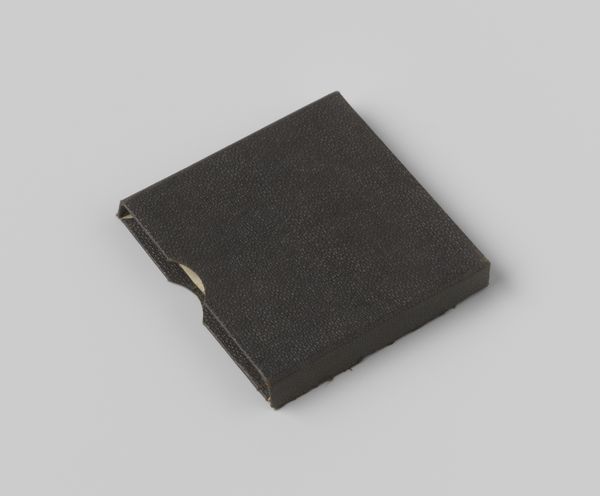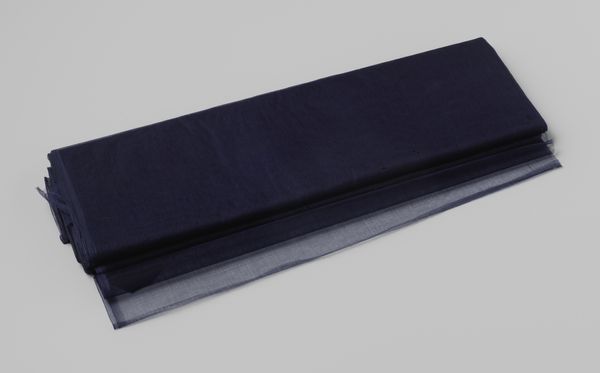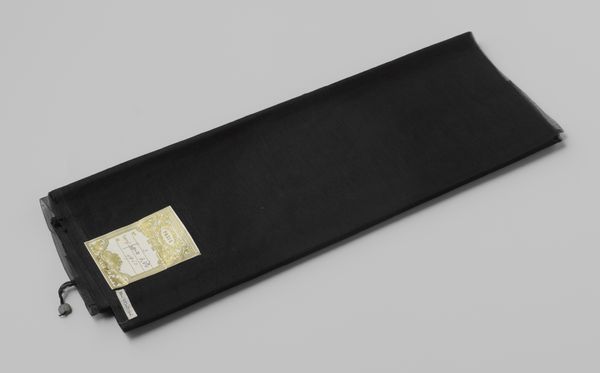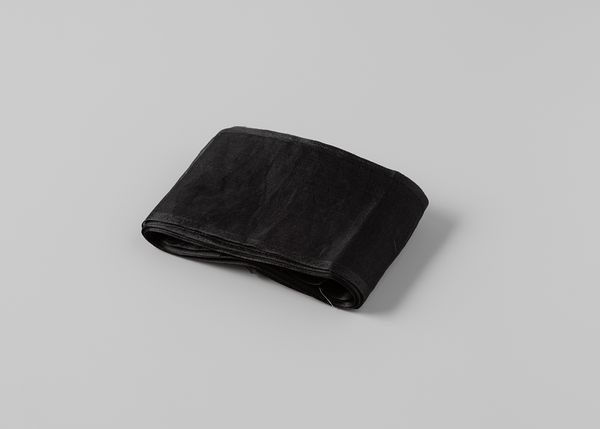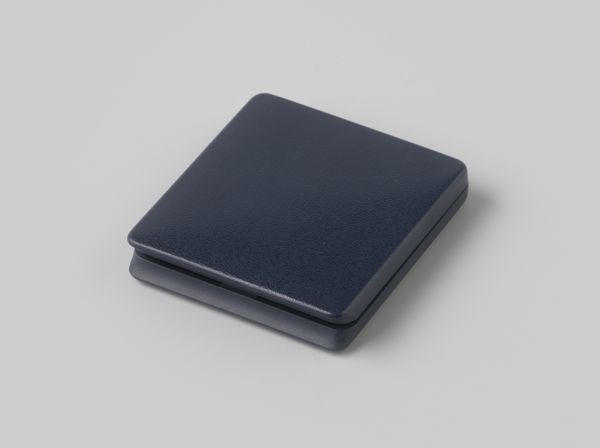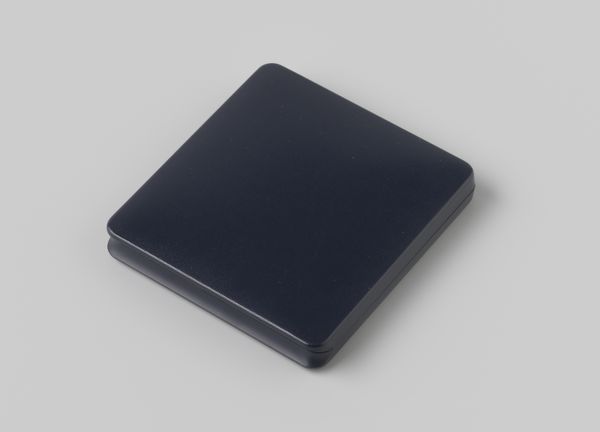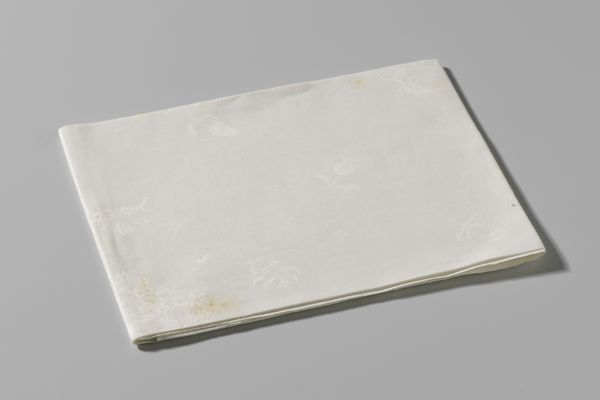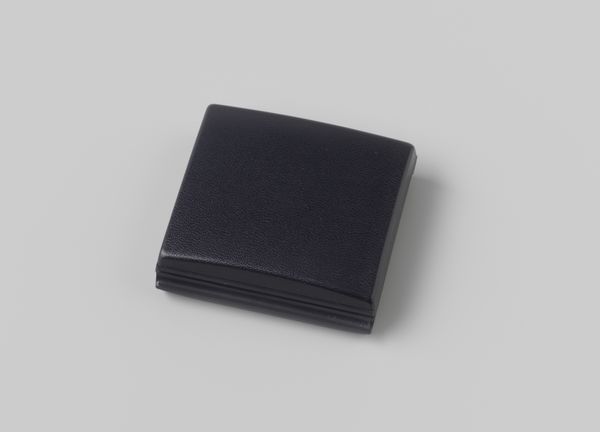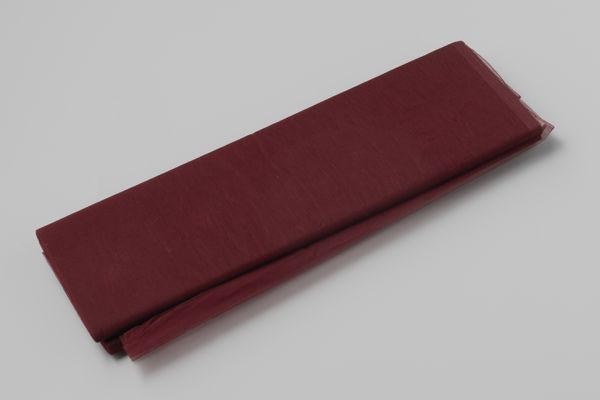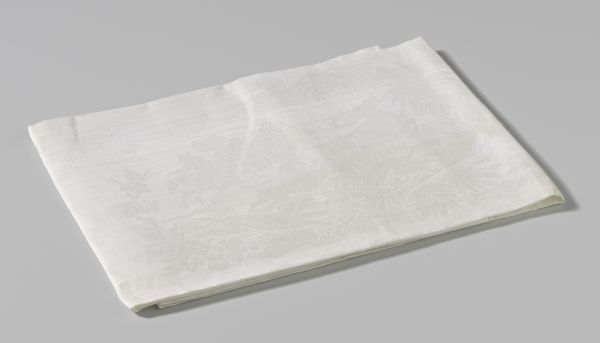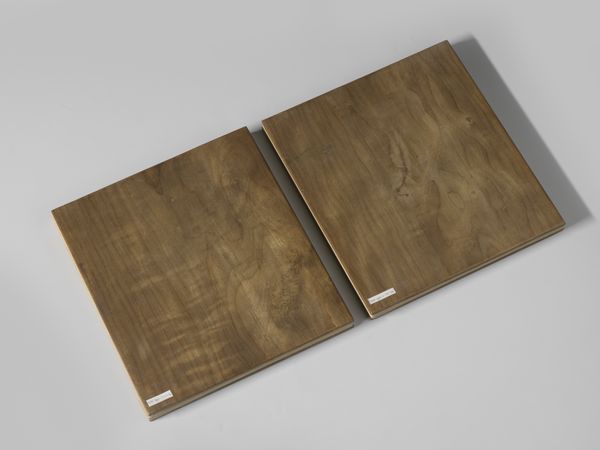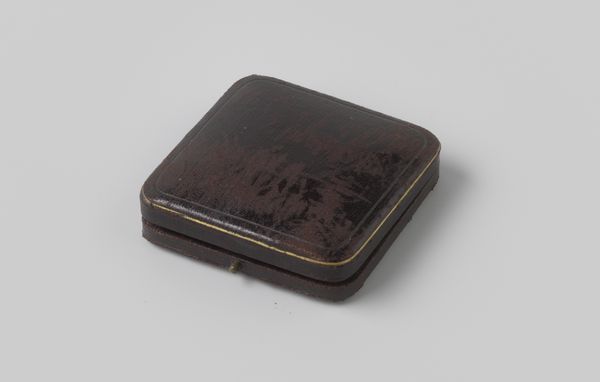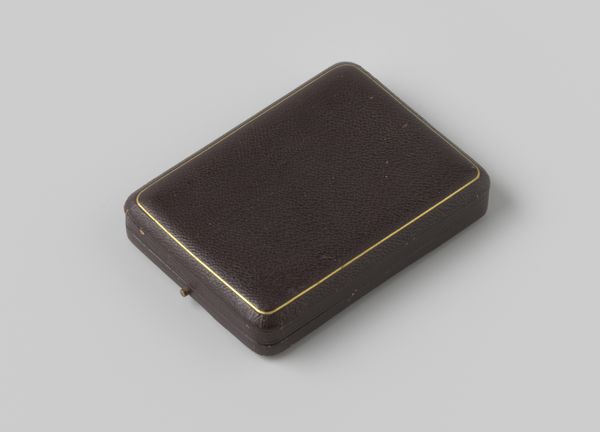
Een houten plateau behorend bij de zilveren maquette van een Indonesisch huis c. 1930 - 1931
0:00
0:00
sculpture, wood
#
geometric
#
sculpture
#
wood
#
modernism
Dimensions: width 50 cm, depth 29.5 cm, height 0.8 cm
Copyright: Rijks Museum: Open Domain
Editor: Here we have "A wooden plateau belonging to the silver model of an Indonesian house," created around 1930 or 1931. It’s made of wood, quite dark, almost black, and has a smooth, polished look. It seems incredibly simple, but something about its starkness is compelling. What can you tell me about it? Curator: The starkness is deceptive. This wooden plateau, though seemingly minimal, operates within a complex history of colonialism and representation. Think about the context: 1930s Indonesia was under Dutch colonial rule. The 'silver model' it belonged to was likely a commissioned piece, perhaps intended to exoticize and essentialize Indonesian culture for a Western audience. The platform, then, becomes a stage, fixing the Indonesian house – and, by extension, Indonesian culture – within a constructed, controlled space. How does knowing that shift your initial reaction? Editor: That’s fascinating. So the simplicity isn’t just about aesthetics; it's about power dynamics. It’s not simply a neutral object. This wooden plateau could then also act as a symbol. What do you think the creator wanted to suggest? Curator: Indeed. This plateau brings several cultural associations together. By stripping down the presentation to something so "clean" and geometric, they were enforcing their view upon the society. How do you think this reinforces colonial narratives? Editor: It makes the culture feel controlled, almost like a specimen pinned under glass. It loses its dynamism, its messiness. Curator: Exactly! The Modernist aesthetic flattens cultural nuance. Do you consider then the cultural impact this would have with other Indonesian artists looking in? Editor: Thinking about the context has completely changed my perspective. What seemed like just a simple wooden platform now speaks volumes about cultural appropriation and the gaze of the colonizer. Curator: It highlights how even seemingly insignificant objects can be deeply embedded in larger historical and political narratives. It is not just about what you see, but why.
Comments
No comments
Be the first to comment and join the conversation on the ultimate creative platform.
